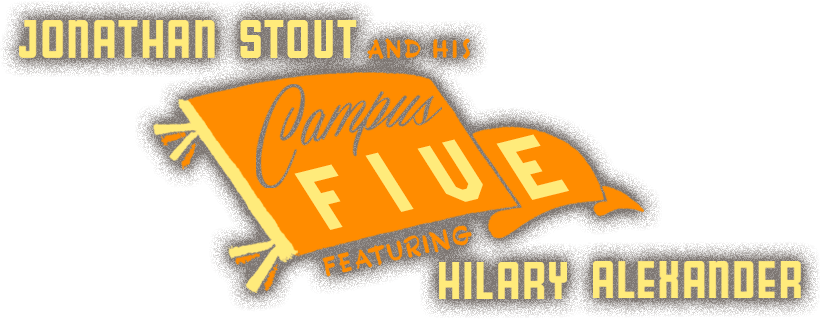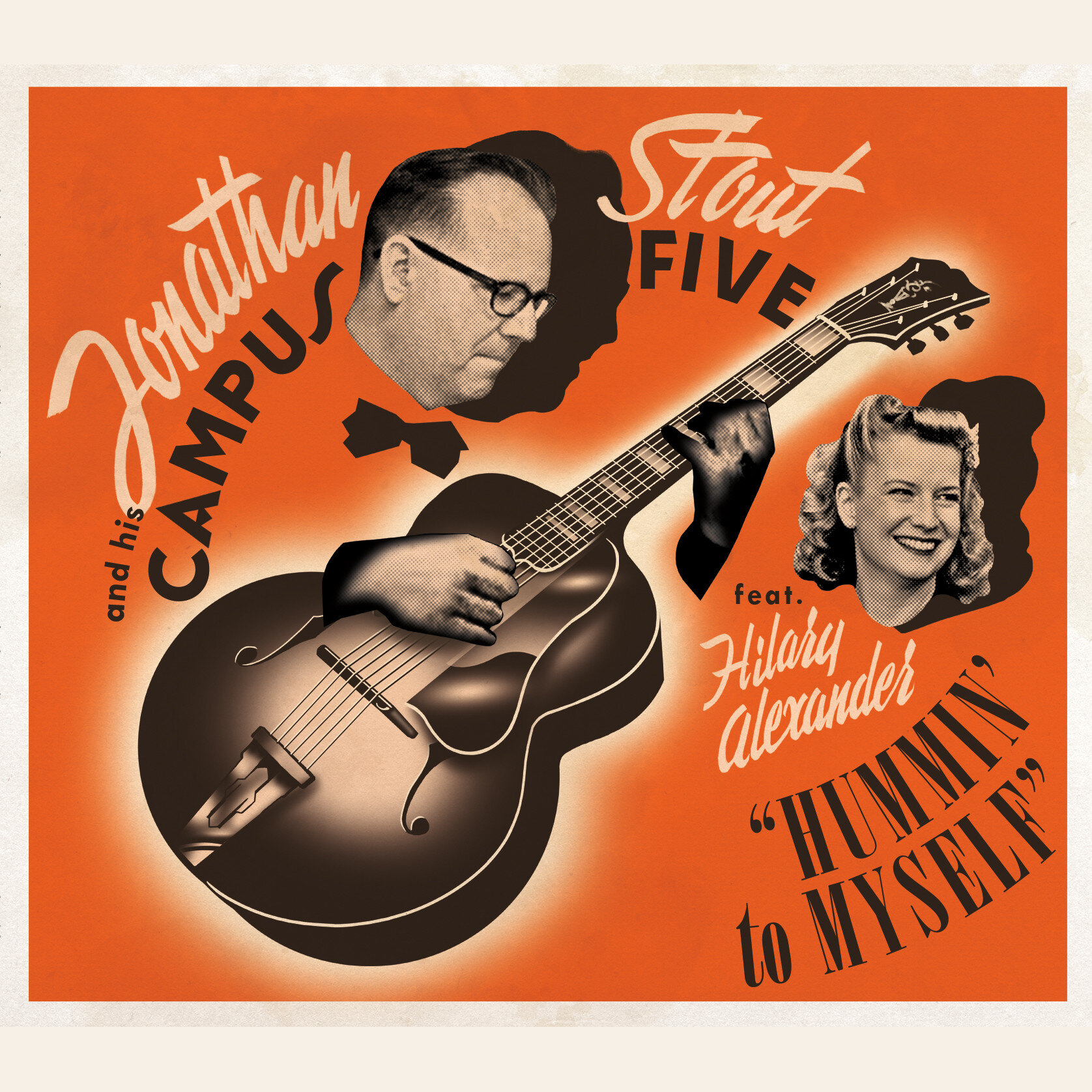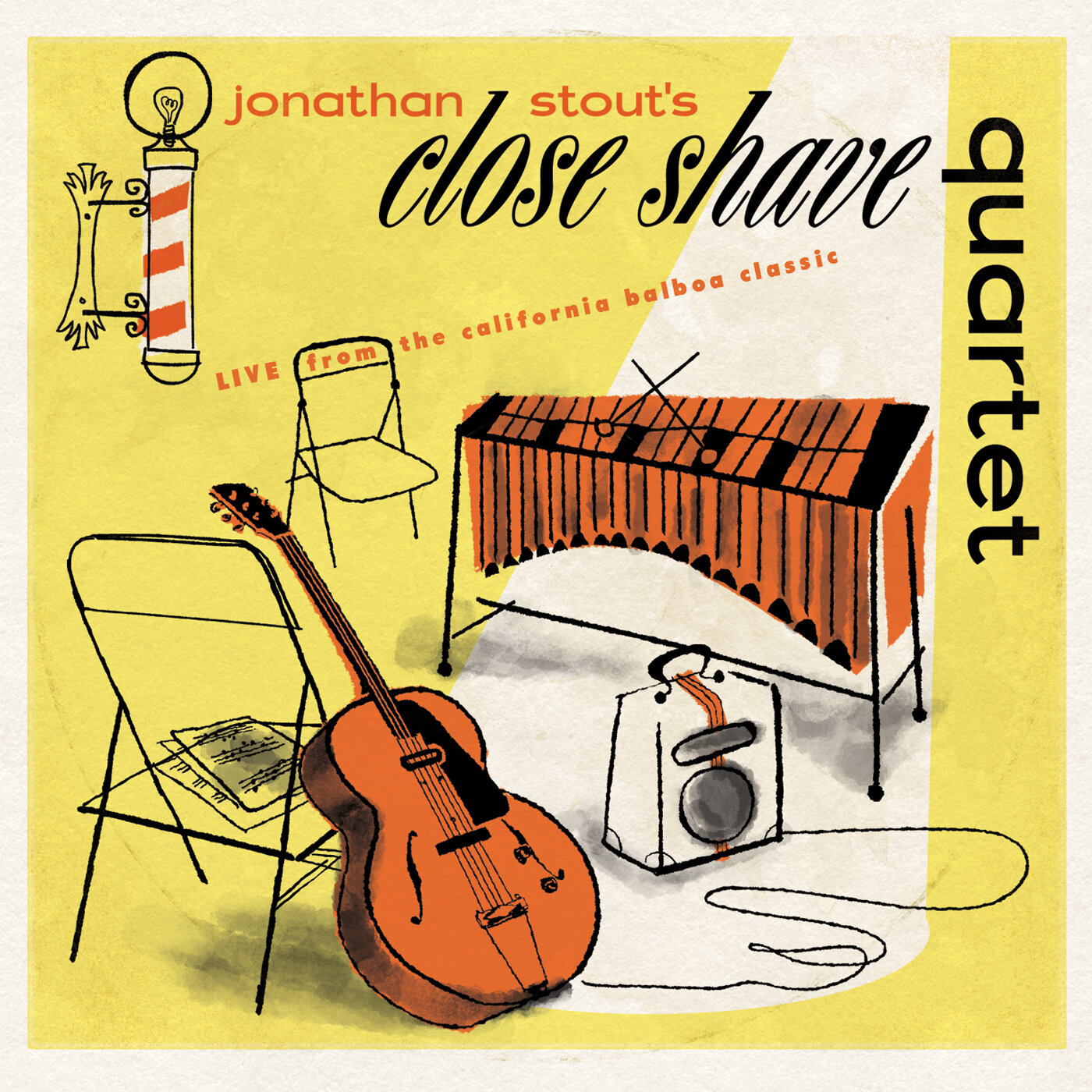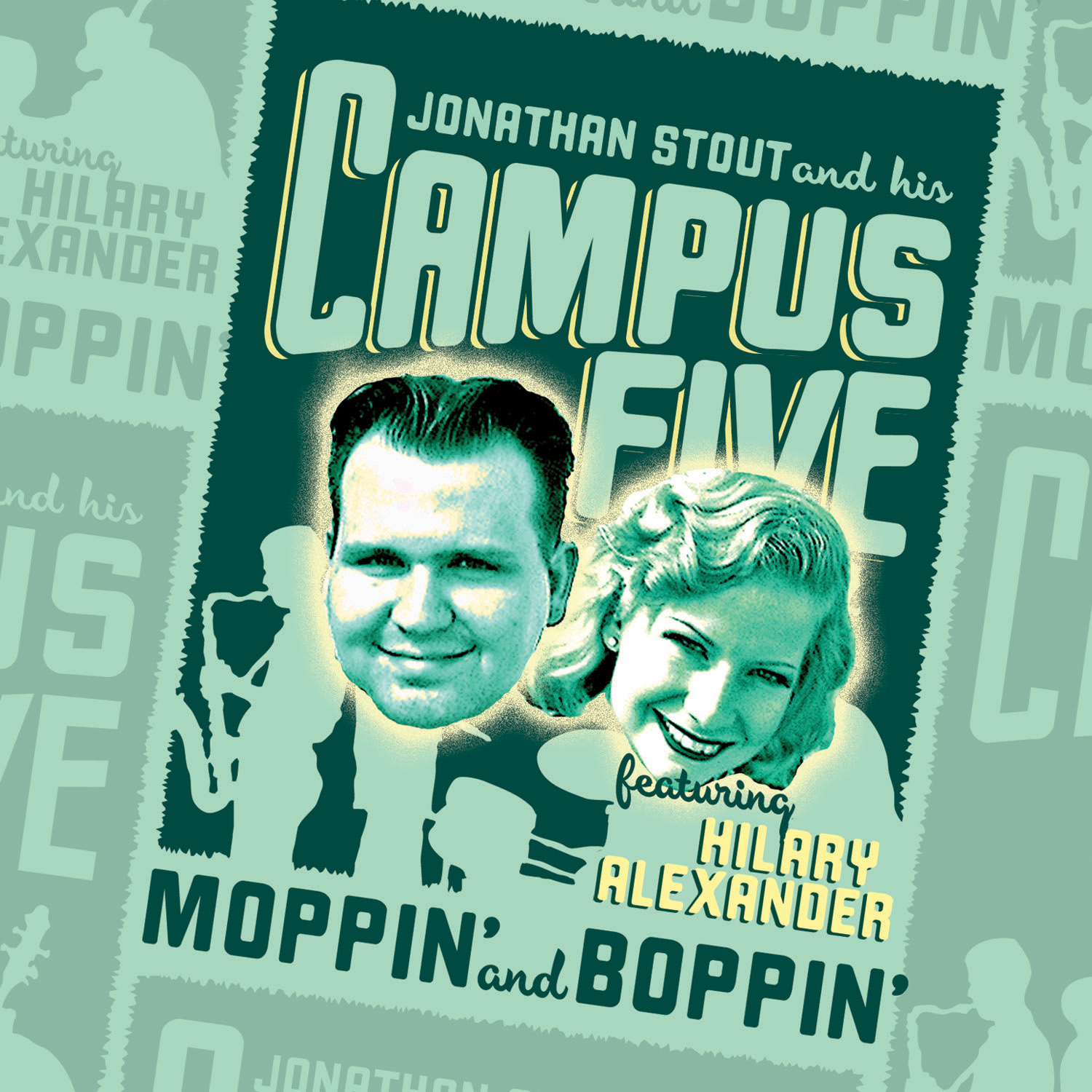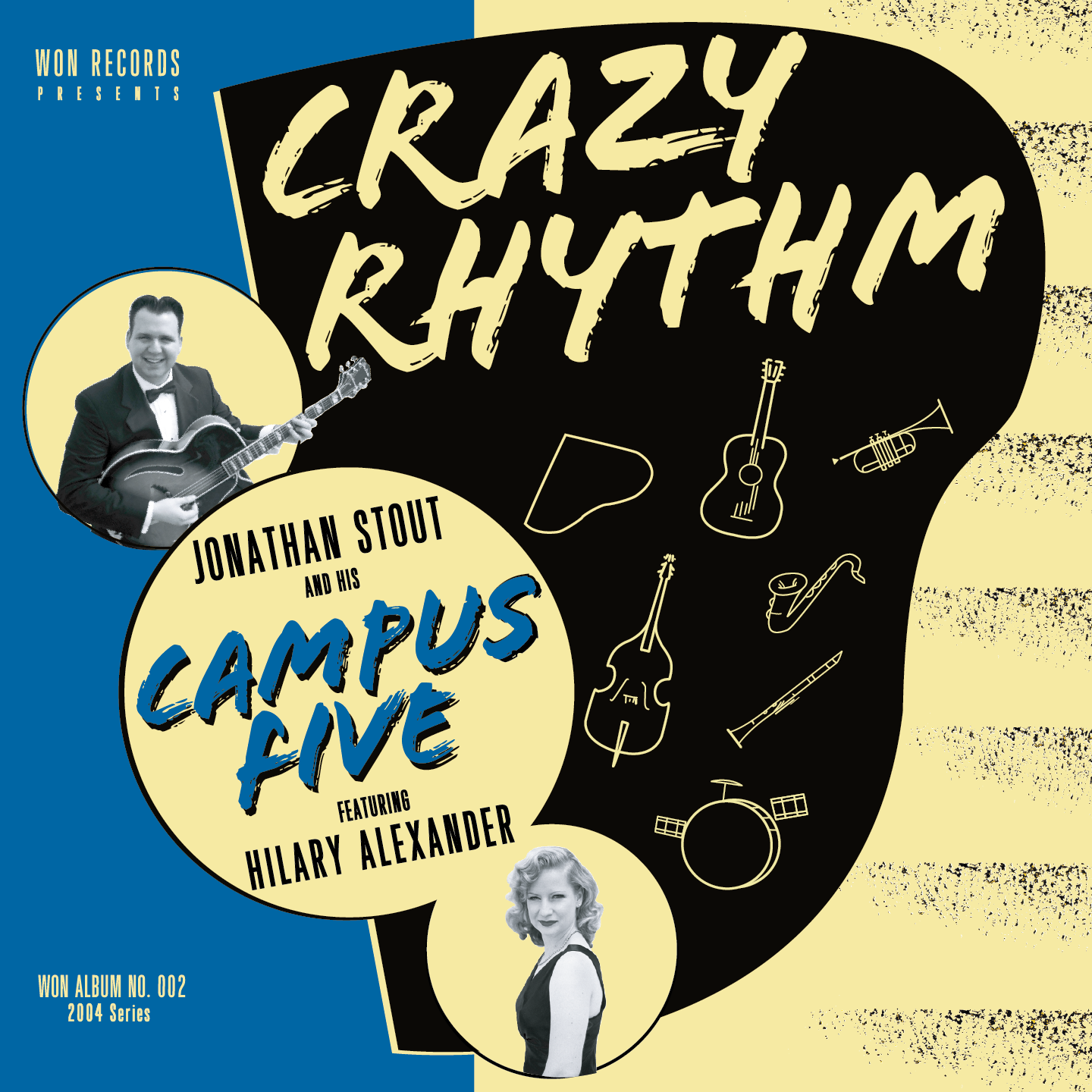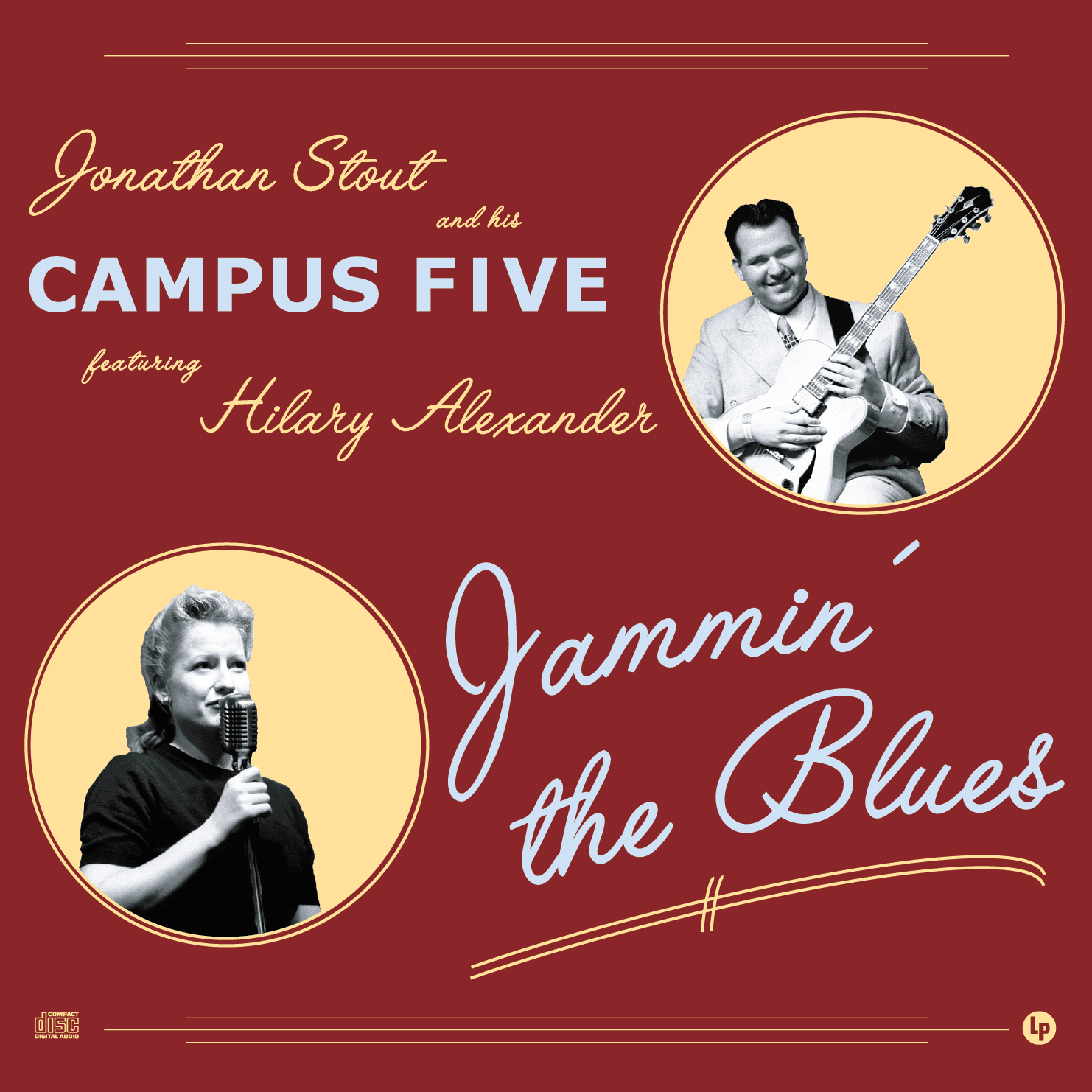Leapin' Lester: the Bad Plus transcribes Lester Young
/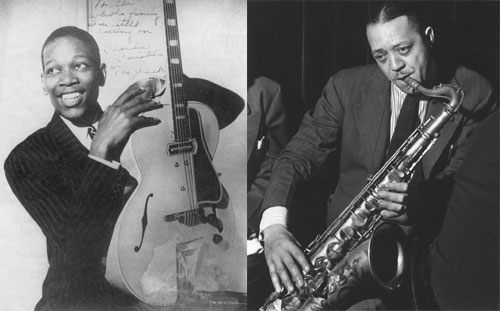 When working on my electric single-note playing, I've been really focusing on Charlie Christian for over a year now. I've been learning some of his solos, but even more so I've been trying to internalize his phrasing - to get in his headspace. To do that, it's useful to see where a person comes from.
When working on my electric single-note playing, I've been really focusing on Charlie Christian for over a year now. I've been learning some of his solos, but even more so I've been trying to internalize his phrasing - to get in his headspace. To do that, it's useful to see where a person comes from.
Charlie Christian was a huge Lester Young fan. It clearly shaped both his phrasing and compositional approach to soloing. What better way to get inside Charlie's head than to learn some of Lester's solos.
Lester's most lauded and analyzed solo is his two choruses on "Lady Be Good" from 1936, recorded with a Basie small group credited as Jones-Smith Inc. The solo became almost a jazz etude - something that musicians learned as a part of their education.
A couple years ago, I took a lesson with Howard Alden at jazz festival we were both playing at, and that solo came up. Howard has transcribed and forgotten more tunes and solos than anybody, but he said he'll always know Lester's choruses on "Lady Be Good."
On gig with my big band a couple years ago, we had to play an extended version of the song "Lady Be Good" for a dance contest. Dan Barrett was playing with us, along with our regular lead trombone, Dan Weinstein. I signaled to have either one of them take a chorus, and they both stood up and played both choruses of Lester's 1936 solo in unison.
I'm going to be honest here and say that I have never been particularly good at transcribing, mostly because I don't have the patience. I found Lester's 1936 solo in Gunther Schuller's "The Swing Era" along with a full analysis of the solo.
I was planing to post the transcription when I stumbled upon a blog called Do the Math. Do the math is the product of Ethan Iverson, pianist of the Bad Plus - darlings of the modern jazz scene for their blend of jazz tradition and indie rock ethos. Clearly, the thoroughly modern music of the Bad Plus is not the reason I bring this up on the swing guitar blog.
Last year, for the Lester Young Centenial, Ethan wrote a suite of posts about Lester. Two of the post are particularly amazing. The first I noticed, is a tribute to the 1936 "Lady" solo. But even more than transcribing the solo, Ethan also transcribes 16 other "Lady" solos for comparison - two from Coleman Hawkins, one from Chu Berry, two choruses from Herschel Evans, a couple from Charlie Parker, and the rest from Lester himself.
The second post I want to highlight, is a Lester listening session / interview with Lee Konitz. Ethan and Lee listen to 18 Lester Young solos - ALL WITH TRANSCRIPTIONS and commentary! Amazing. Personally, I can't wait to learn Lester's chorus on "Jumpin' at the Woodside" from 1938.
Once I work out some of the fingerings, I'll post some transcriptions with tab.
